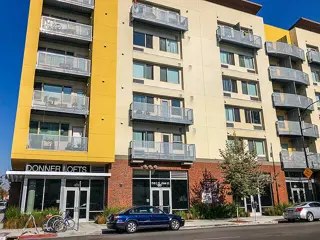Ponda’s Affordable Housing Boom: A New Frontier for Goa’s Real Estate Market

South Goa’s Ponda is quickly becoming a place for affordable housing, reflecting changing investor priorities and developers responding to market needs. This inland town, close to Panaji, offers a peaceful environment along with good connectivity, driving growth in residential real estate. Local developers are starting projects like Sarthak Townpark – a 0.67-acre community featuring 2-3 BHK flats priced at ₹6.38k/sq.ft – aimed at first-time buyers and young families looking for affordable homes.
Key Drivers Behind the Surge
Affordability and Accessibility: Ponda offers property prices starting as low as ₹25 lakhs for apartments, much lower than coastal areas like Candolim or Varca. This pricing strategy attracts middle-income buyers and gig-economy workers.
Infrastructure Development: Projects around Manohar International Airport and planned metro links improve Ponda’s appeal for commuter communities.
Developer Initiatives: Teams like Sarthak Developers are focusing on amenities such as schools and healthcare facilities within projects to meet the needs of modern families with peaceful & greenery surrounding.
Market Implications for Residential Landscape
Growing Rental Potential: More inventory can boost mid-range rental markets, supporting the traditional tourist hotspot demand in North Goa.
Shift in Buyer Demographics: The focus on first-time homeowners signals a move away from Goa’s traditional luxury-villa market dominance.
Eco-Friendly Trends: Developers are adding sustainable design elements to align with government policies promoting green construction.
Outlook and Challenges
Experts predict steady growth (8-10% annually for mid-segment properties), but success depends on keeping prices stable and improving public transport links. Progressive zoning regulations could unlock land for mixed-use developments, creating walkable neighborhoods perfect for families.
Ponda’s rise as an affordable housing hub shows Goa’s changing real estate story – balancing accessibility with cultural preservation while responding to modern urbanization pressures.